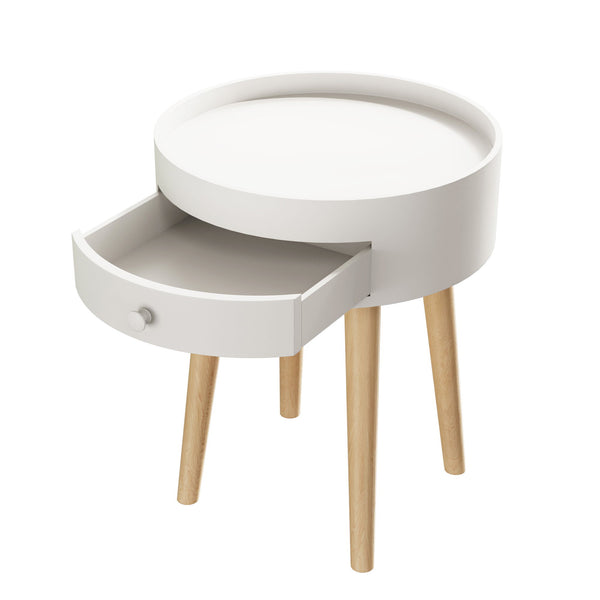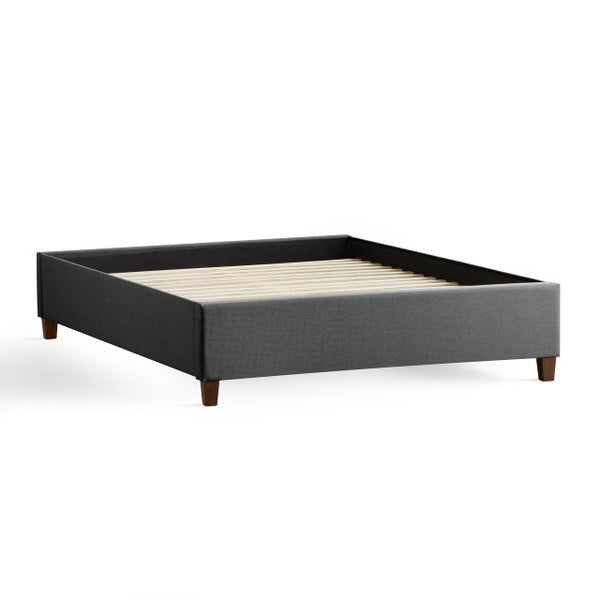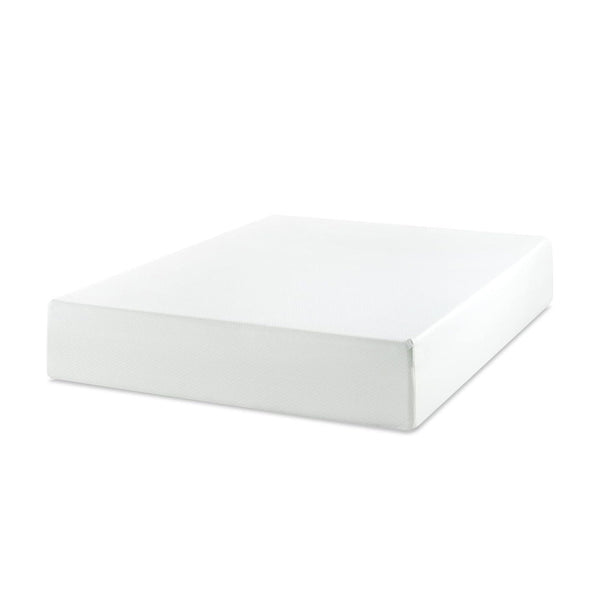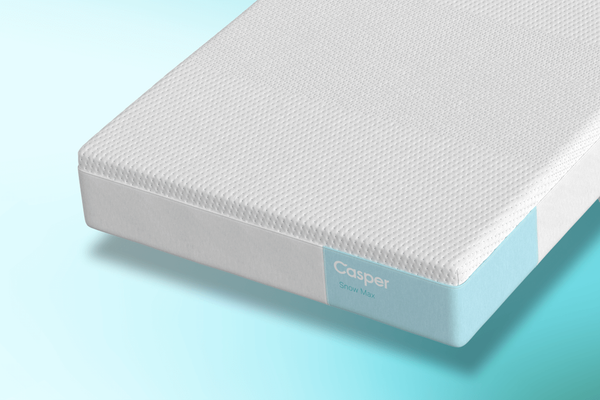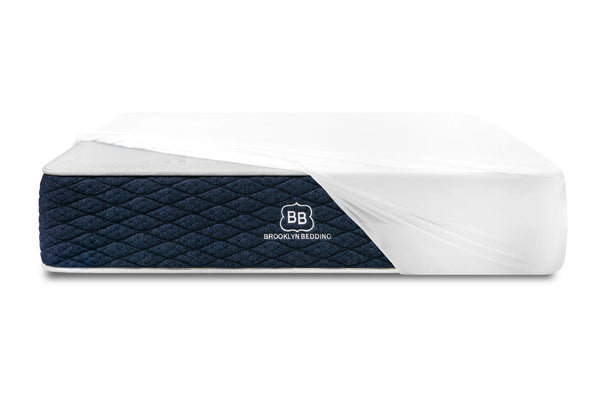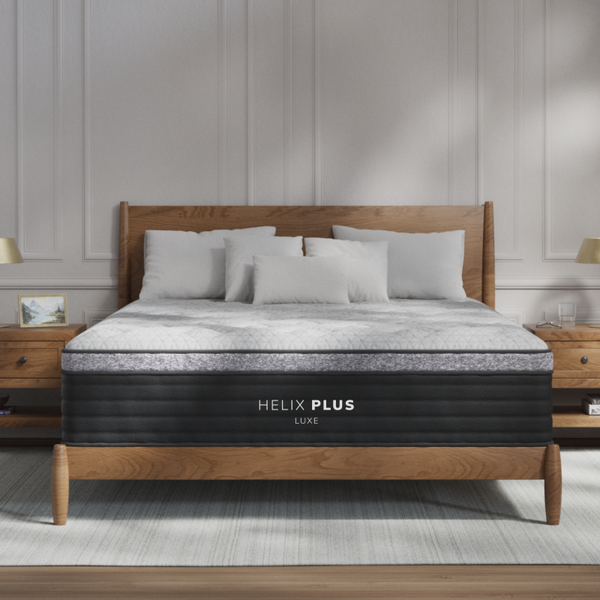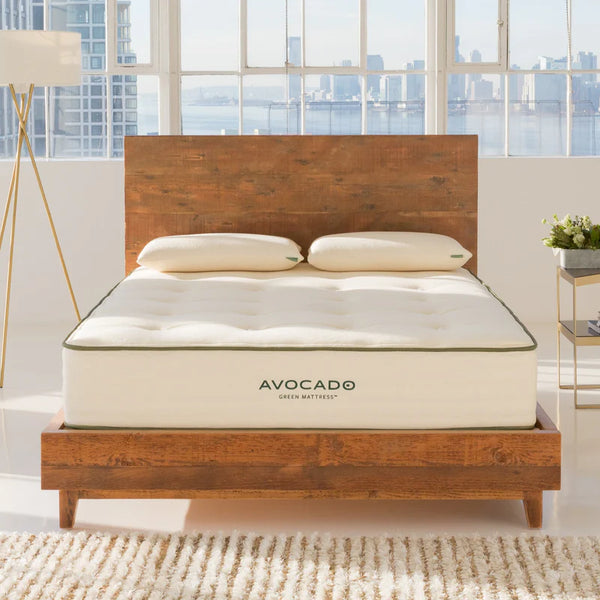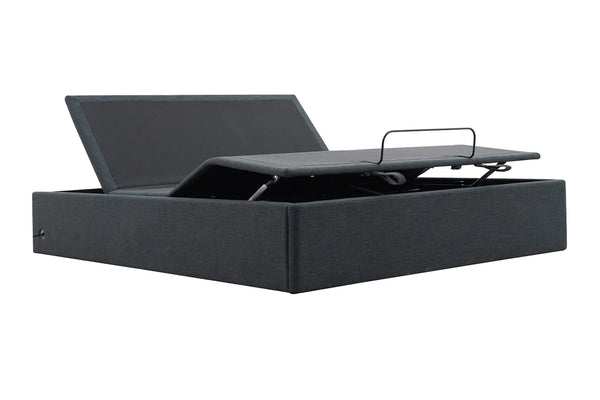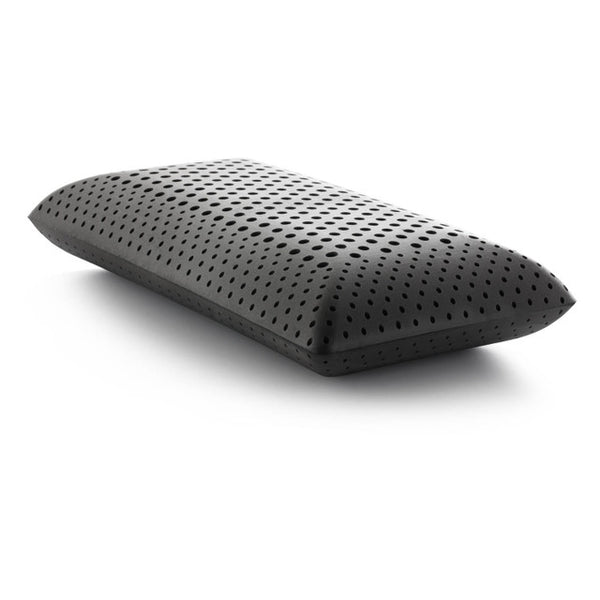How Much Does Every Type of Mattress Weigh?
Mattress weight should not be your sole consideration when shopping for a new mattress, but knowing its exact weight is helpful in knowing whether or not it is something that can be managed without help from others.
Many people mistakenly believe that mattresses gain weight over time from accumulation of dead skin cells, fungi and dust mites; however, this only adds a few pounds to its weight.
Memory Foam
Memory foam is a temperature sensitive material that conforms to body shapes to alleviate joint pressure and distribute weight evenly, making it an integral component of medical equipment, football helmets, motorcycle saddles, mattresses and pillow toppers. Because of these unique properties, it has also become popular as a mattress material to ease back and posture problems for sleepers.
Memory foam mattress pads can also provide effective motion transfer reduction, which prevents sleeping partners from sensing each other’s movements or awakening at night. In comparison to traditional innerspring mattresses with steel coils that may feel hard and uncomfortably firm, memory foam provides a comfortable bouncy texture and is much softer on your joints.
Different manufacturers use various recipes and processes when producing memory foam, creating a wide range of feels and performance characteristics. Some use open-cell memory foam that promotes airflow to decrease heat retention; others utilize gel infusions for cooling; still other brands offer plant-based memory foam as an eco-friendly option that replaces petroleum-based chemicals with more eco-friendly ones.
Memory foam mattresses come in many varieties, from hybrids with both memory foam and innerspring cores to those featuring both types. Hybrids tend to be heavier due to the additional innerspring layer as well as thicker memory foam or fiber layers.
Innerspring
Innerspring mattresses have become an iconic component of sleep technology over time, seen at roadside motels or your parents’ bedroom. This traditional sleep technology utilizes metal coils surrounded by plush material. Their number and type determine durability and firmness of your mattress – and there are options that fit every budget!
Innerspring mattresses consist of two primary components, including the coil system and comfort layer (foam, cotton or blend of fabrics). The number and size of coils will ultimately dictate how firm or soft your mattress will feel – higher coil counts/gauges = more dense mattress density.
Because of their construction, traditional innerspring mattresses don’t make sense for people with back pain as they cannot adapt to your body or relieve pressure points. Furthermore, these types of beds often transfer motion from side to side which makes them an undesirable option for couples who prioritize motion isolation; hybrid and memory foam mattresses would therefore be better choices in these instances.
Latex
Latex is an inherently heavy material used by mattress manufacturers to craft mattresses of various thicknesses and densities. A typical latex foam mattress typically weighs 90 to 125 pounds depending on its density; lower density latex tends to be more responsive while trapping less body heat while high density latex offers robust support and thicker comfort layers.
Latex mattresses vary significantly in weight depending on the number and density of their layers; mattresses with more high-density latex layers will weigh more than those made up of less dense low-density latex layers.
Organic latex comes from rubber trees and is harvested without harming them, making it an eco-friendly choice. In addition, its unique breathability – featuring numerous tiny pinholes for air flow – allows it to remain cool throughout the night, offering restful restful restful restful restful sleeping experiences.
Natural latex mattresses are hypoallergenic and non-off-gassing, since they lack industrial-strength chemicals found in synthetic or hybrid mattresses. To be as eco-friendly as possible, look for one featuring an organic cotton fire barrier; or select one with firm Dunlop core and soft Talalay top layers to provide optimal balance of comfort and support; you can then modify layers to find your optimal comfort level.
Hybrid
As part of your search for the ideal mattress, it’s essential to understand its weight. Height, thickness, size and material all can have an effect on its total weight; heavier mattresses typically contain denser materials that require more effort to transport – although this doesn’t indicate higher quality!
Foam or latex mattresses with higher densities tend to weigh more than their counterparts with lower densities, as higher-density materials are typically more durable, making them resistant to movement while remaining solid in structure.
A twin mattress, also referred to as a single mattress, measures 38 inches wide by 75 inches long and fits only one person comfortably. These typically weigh 50 to 150 pounds.
Next comes the queen mattress, which is nearly double in size to its twin counterpart and ideal for couples or individuals alike. Measuring 60 inches by 80 inches and typically weighing 120 to 160 pounds.
A king mattress is wider and longer than its queen counterpart, making it an excellent choice for couples or individuals who require plenty of sleeping space. They typically weigh 130-180 pounds. Some hybrid king mattresses can add further to their weight depending on whether the material used to construct them is thicker or denser than expected.

